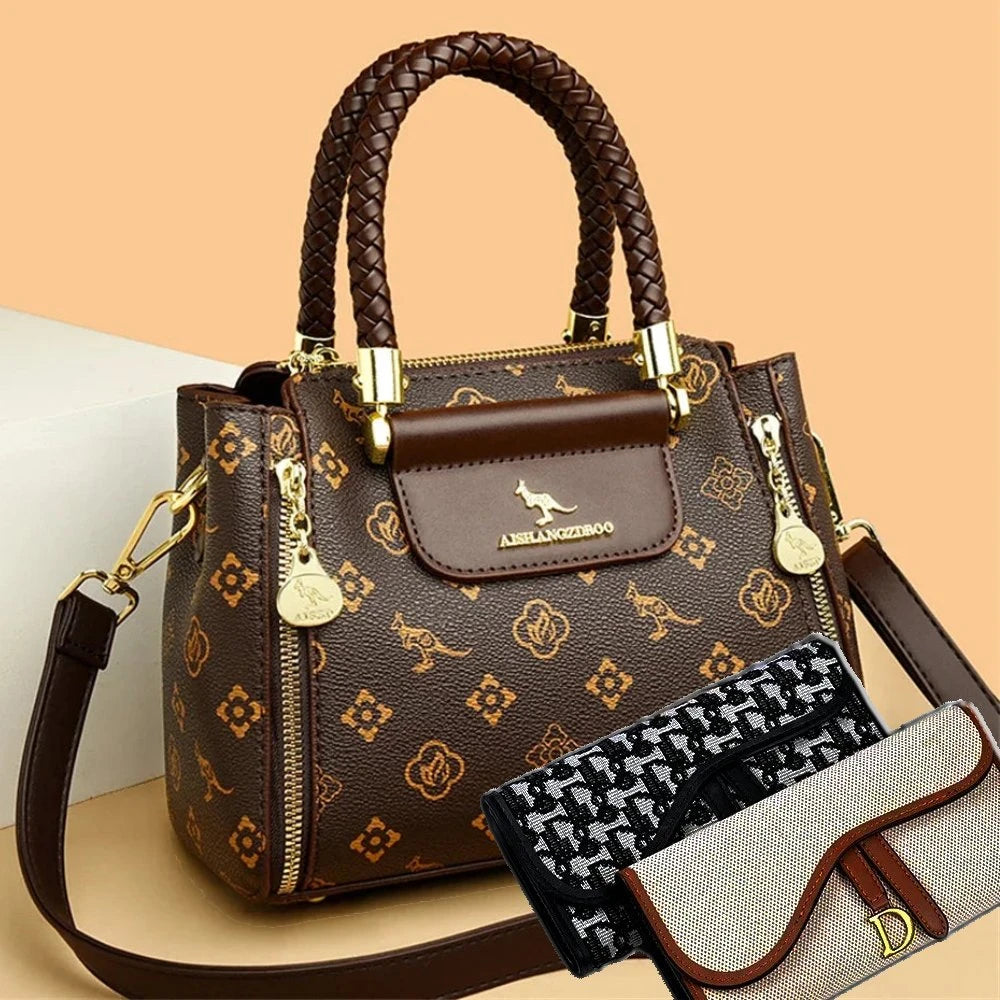The Truth About 925 Sterling Silver and How to Spot Fakes

Sterling silver, often stamped with "925," is a popular material for jewellery and household items, admired for its lustrous finish and durability. But what exactly does "925" signify, and how can you differentiate between genuine sterling silver and imitations?
What is 925 Sterling Silver?
Sterling silver, marked as 925, means it is composed of 92.5% pure silver and 7.5% other metals, usually copper. This combination enhances the metal's strength and durability while retaining its attractive sheen. Pure silver, being too soft for practical use, benefits from this alloy, making sterling silver ideal for items that need to withstand daily wear and tear.

The Allure of Sterling Silver
Sterling silver's appeal lies in its versatility and affordability. It's less expensive than gold but provides a similar visual impact. Its hypoallergenic properties also make it a safe choice for those with sensitive skin. From elegant necklaces to timeless rings and sophisticated cutlery, 925 sterling silver remains a favourite in various forms.
IMG: Regal Allure
Why Bracelet Charms are Made with 925 Sterling Silver
Bracelet charms, in particular, benefit greatly from being made with 925 sterling silver. Here’s why:
**Durability**: Charms are small, intricate pieces that endure frequent handling. The strength provided by the alloy ensures they don’t easily bend or break.
**Detail**: Sterling silver allows for fine detailing in charms, capturing intricate designs that pure silver couldn’t hold due to its softness.
**Tarnish Resistance**: While sterling silver does tarnish, it’s less prone to significant corrosion, making it a practical choice for charms that are often exposed to the elements.
**Hypoallergenic Properties**: As charms are worn close to the skin, it's crucial they don’t cause allergic reactions. Sterling silver's hypoallergenic nature makes it suitable for most wearers.
Spotting Fake 925 Silver
Unfortunately, the market is rife with fake sterling silver. Here’s how to ensure you’re getting the real thing:
1. **Hallmark Identification**: Genuine sterling silver items are stamped with "925" or "Sterling." Inspect for these marks in discreet places like clasps or inside rings.
2. **Magnet Test**: Silver is not magnetic. If a piece reacts strongly to a magnet, it's likely not sterling silver.

IMG: Wikihow
3. **Nitric Acid Test**: A more definitive test involves applying a drop of nitric acid to a concealed part of the item. Real sterling silver will show a creamy white color, while a fake will turn green.

IMG: Coincommunity + Aubullion
4. **Tarnish Test**: Real silver tarnishes over time, developing a patina. If an item remains untarnished for an extended period, it might be silver-plated or fake.
Conclusion
925 sterling silver offers beauty, durability, and affordability, making it a treasured choice for many. This is especially true for bracelet charms, where strength, detail, and skin safety are paramount. By understanding how to identify genuine pieces, you can invest in quality silver that stands the test of time. Always purchase from reputable sources and use these tips to distinguish between authentic sterling silver and imitations.







